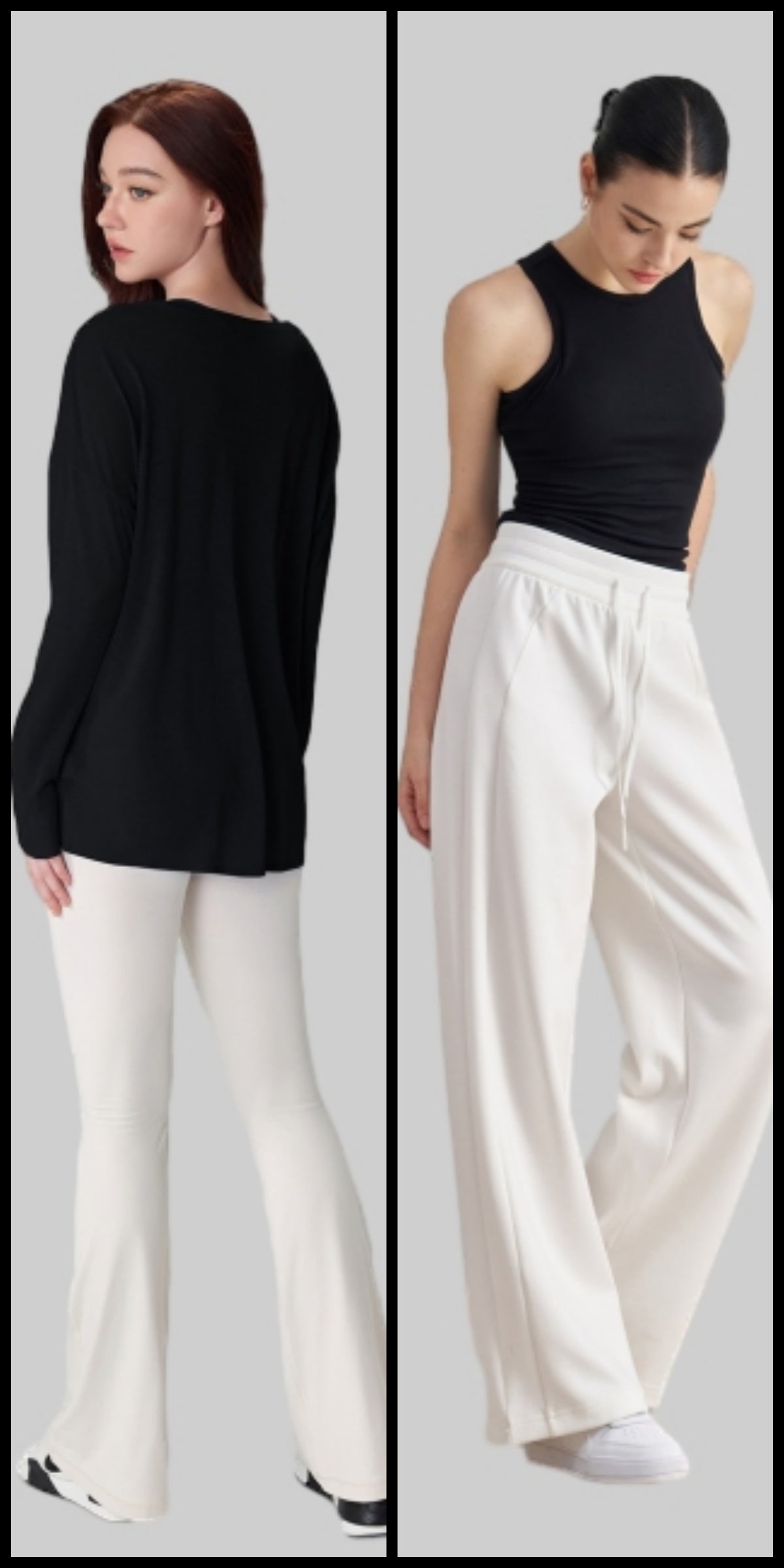Suggestions for purchasing blended fabric yoga sports vests

Key Considerations for Choosing Blended-Fabric Yoga Sports Vests
Blended fabrics combine the strengths of multiple materials to enhance comfort, durability, and performance in yoga wear. Below are essential factors to evaluate when selecting a blended-fabric yoga sports vest.
1. Understanding Fabric Composition for Optimal Functionality
The ratio and types of fibers in a blend significantly impact the vest’s properties. Prioritize blends tailored to your practice needs.
- Moisture-Wicking and Breathability: Look for blends that include polyester or nylon, as these synthetics excel at wicking sweat away from the skin. Pairing them with natural fibers like cotton or modal can improve breathability without sacrificing moisture management. For example, a 60% polyester/40% cotton blend offers a balance of dryness and comfort.
- Stretch and Recovery: Blends with spandex or elastane (typically 5–15% of the composition) provide the elasticity needed for dynamic movements. Ensure the blend includes enough stretch to allow unrestricted motion during poses like warrior II or backbends.
- Softness and Skin-Friendliness: If you prefer a plusher feel, opt for blends with modal, bamboo, or organic cotton. These materials reduce irritation, making them ideal for yogis with sensitive skin or those practicing gentle styles like restorative yoga.
2. Evaluating Durability and Longevity
A well-constructed blended-fabric vest should withstand frequent use and washing without losing its shape or performance.
- Fiber Strength: Polyester and nylon are known for their resilience, while natural fibers like cotton may pill or stretch over time. Blends that prioritize synthetic fibers (e.g., 70% polyester/30% cotton) tend to last longer and resist wear and tear.
- Seam Quality: Check for reinforced stitching in high-stress areas like the shoulders, armholes, and hem. Flatlock seams reduce chafing and improve durability, especially during intense flows or inversions.
- Colorfastness: Blended fabrics with synthetic fibers are less prone to fading than 100% cotton. However, avoid blends with low-quality dyes, as they may bleed or fade after a few washes. Opt for garments labeled “colorfast” or pre-washed to ensure longevity.
3. Prioritizing Comfort and Adaptability
The vest should feel comfortable during both movement and rest, adapting to your body’s needs throughout your practice.
- Weight and Thickness: Lightweight blends (e.g., those with modal or microfiber polyester) are ideal for hot yoga or summer practices, while slightly thicker blends (e.g., with merino wool or brushed cotton) work well for cooler environments or slower-paced sessions.
- Odor Resistance: Synthetic fibers like polyester and bamboo have natural antimicrobial properties, reducing odor buildup. If you practice daily or prefer to wash garments less frequently, prioritize blends with these fibers.
- Layering Potential: Consider how the vest will layer under jackets, sports bras, or other tops. Smooth, non-bulky blends (e.g., those with spandex) are easier to layer and won’t bunch up during poses.
By focusing on fabric composition, durability, and comfort, you can select a blended-fabric yoga sports vest that enhances your practice. Test the vest’s stretch, breathability, and feel before purchasing to ensure it aligns with your preferences. With the right blend, your vest will support your movements, regulate your temperature, and remain a reliable staple in your yoga wardrobe.



Leave a comment
All comments are moderated before being published.